10 Things You Didn’t Know About How Animals Communicate
In the vast and vibrant tapestry of the natural world, communication is the thread that binds the myriad creatures that inhabit it. While human communication is often loud and explicit, the animal kingdom is a realm of subtlety and nuance, where whispers, gestures, and unseen signals convey messages of survival, kinship, and cooperation. Communication in the animal kingdom is not merely a means of interaction but a sophisticated language that has evolved over millennia. Each species has developed unique methods to convey information, often invisible to the untrained human eye. These methods are as diverse as the creatures themselves, shaped by the environments they inhabit and the challenges they face. As we journey through these 10 invisible whispers, we will uncover how animals use sound, scent, movement, and even electromagnetic fields to communicate, revealing a complex world that often goes unnoticed.
1. The Silent Songs of the Seas: Cetacean Communication
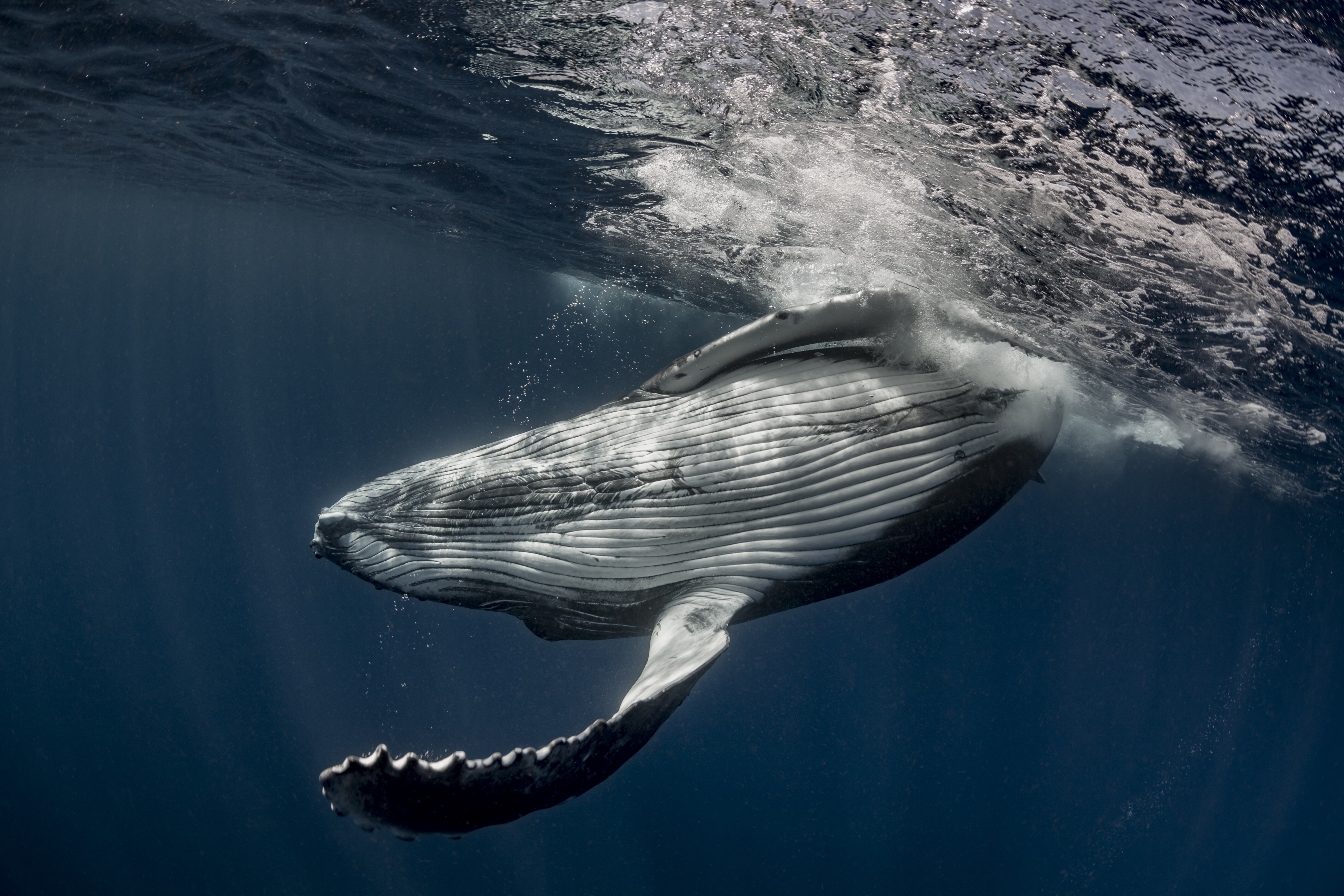
Beneath the ocean's surface, where light fades and pressure mounts, cetaceans—whales, dolphins, and porpoises—have developed a remarkable system of communication. These marine mammals use a complex array of vocalizations, including clicks, whistles, and songs, to convey information across vast distances. The songs of the humpback whale, for example, are intricate compositions that can last for hours, with themes that evolve over time. These vocalizations serve various purposes, from mating calls to navigation and social bonding, illustrating the sophisticated nature of cetacean communication. Dolphins, renowned for their intelligence, utilize a form of echolocation that doubles as a communicative tool. By emitting a series of clicks and interpreting the returning echoes, dolphins can identify objects and communicate with one another. This ability is not only crucial for hunting and navigation but also for maintaining social structures within pods. Research has shown that dolphins possess unique signature whistles, akin to names, which they use to identify themselves and others, highlighting the complexity of their social interactions.
2. The Dance of the Bees: A Choreography of Survival
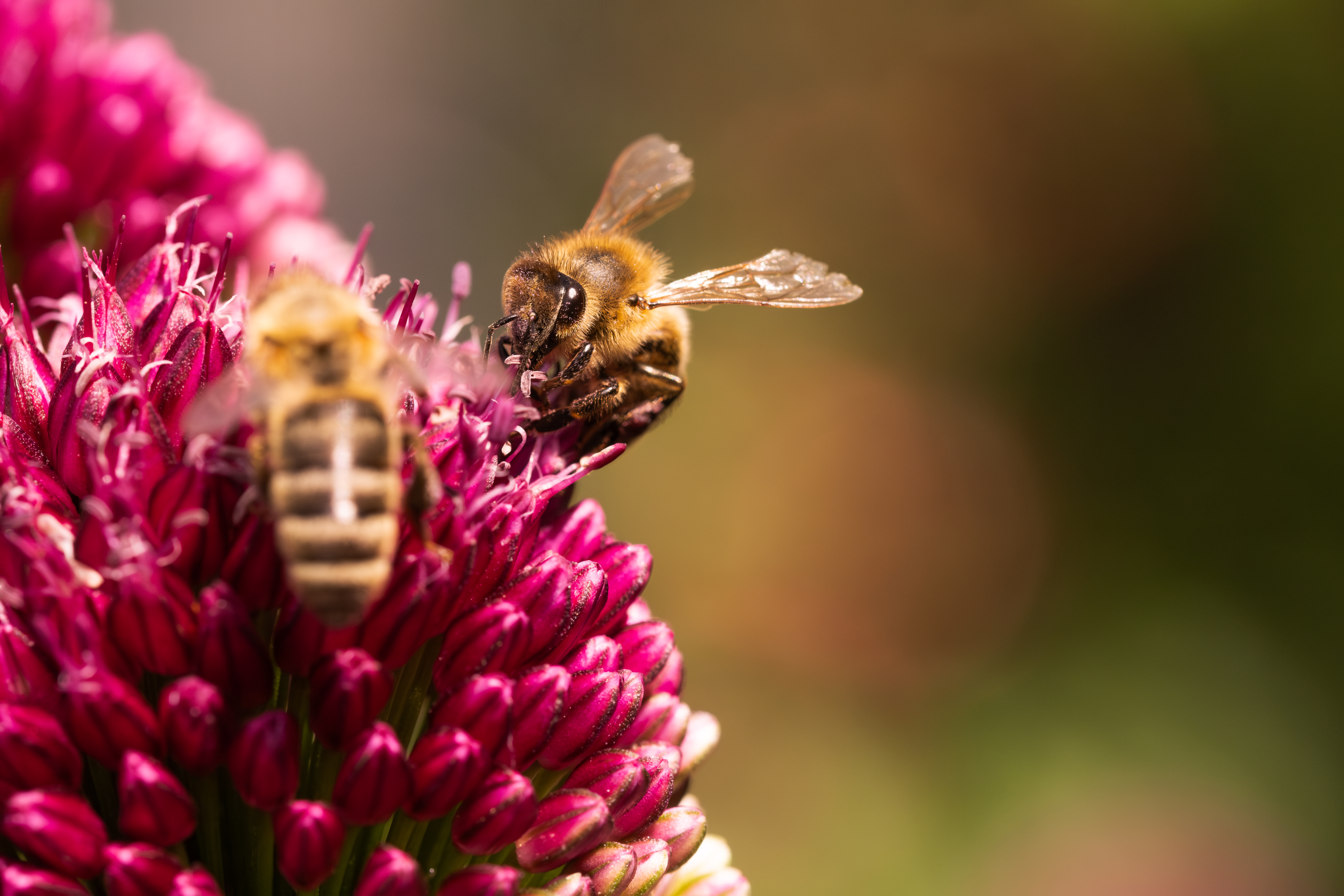
In the bustling world of the honeybee, communication is a dance—a precise and purposeful choreography that conveys vital information about the location of food sources. Known as the "waggle dance," this intricate performance is a testament to the sophistication of insect communication. When a forager bee discovers a rich source of nectar, it returns to the hive and performs a series of movements that indicate the direction and distance of the food relative to the sun. This dance is a remarkable example of symbolic communication, where abstract concepts like distance and direction are conveyed through movement. The waggle dance is not merely a tool for resource acquisition but a cornerstone of hive survival. By efficiently directing their fellow bees to abundant food sources, foragers ensure the sustenance and growth of the colony. This cooperative behavior underscores the importance of communication in maintaining social structures and highlights the evolutionary advantages of collective decision-making. The precision of the waggle dance, with its reliance on celestial cues, also demonstrates the bees' remarkable navigational abilities and their sensitivity to environmental changes.
3. Elephants and Infrasound: The Low-Frequency Conversations
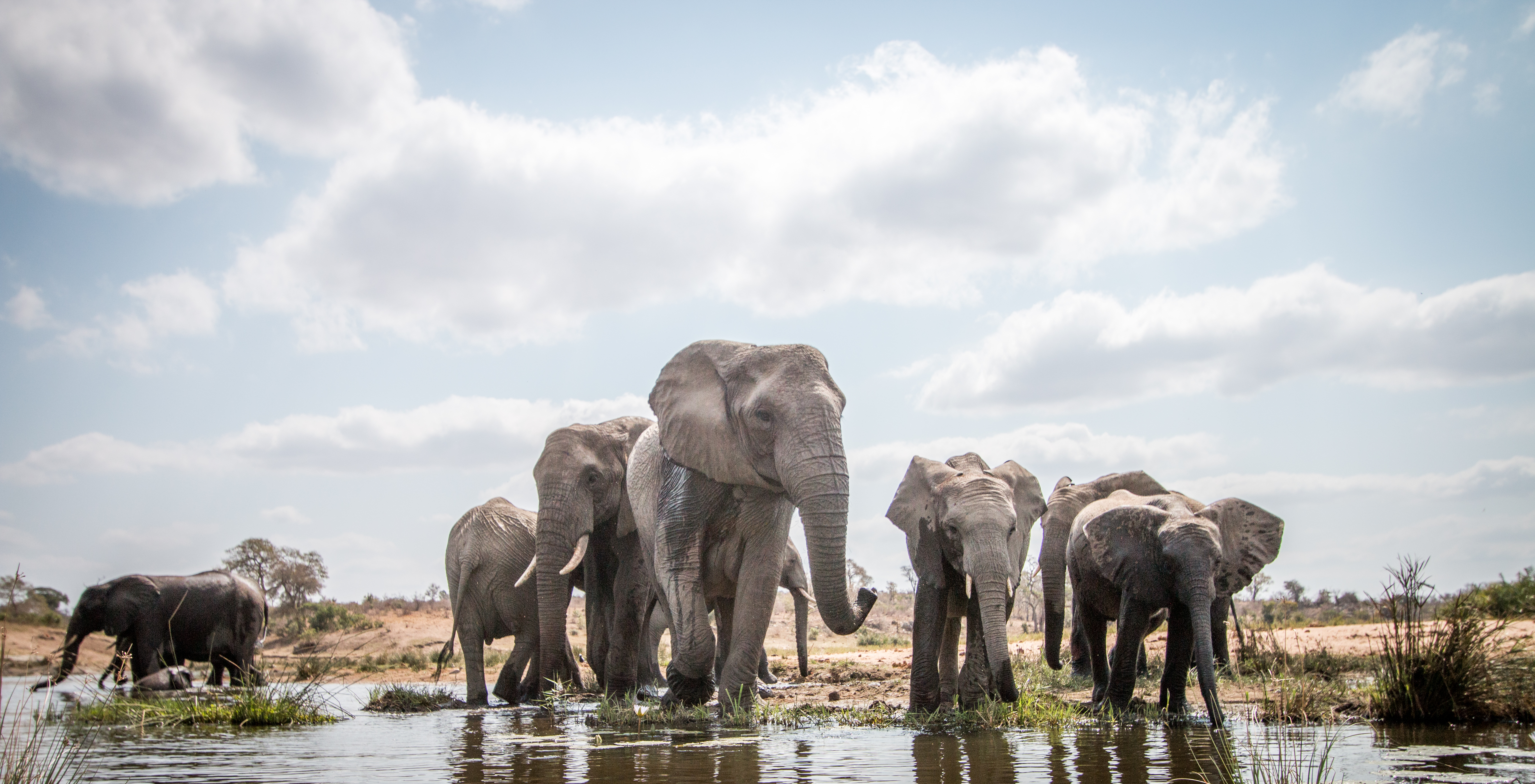
In the vast savannas and dense forests of Africa and Asia, elephants communicate through a language that is largely inaudible to human ears. These majestic creatures use infrasound—low-frequency sound waves that travel over long distances—to convey messages across the landscape. Infrasound allows elephants to maintain contact with herd members, coordinate movements, and even signal distress or mating availability. This form of communication is a powerful tool for maintaining social cohesion and ensuring the survival of the herd. Elephants' ability to produce and perceive infrasound is a testament to their advanced auditory capabilities. Their large ears and specialized vocal cords enable them to generate these low-frequency sounds, while their sensitive auditory system allows them to detect subtle vibrations in the ground. This ability to communicate over vast distances is crucial for elephants, whose social structures are complex and often dispersed across large areas. Infrasound also plays a role in interspecies interactions, as elephants can detect the presence of predators or other threats through these low-frequency signals.
4. The Language of Light: Bioluminescent Communication

In the shadowy depths of the ocean and the dark corners of forests, bioluminescence illuminates the night with a language of light. This phenomenon, where living organisms produce light through chemical reactions, is a form of communication that transcends the limitations of sound and sight. From the mesmerizing displays of fireflies to the eerie glow of deep-sea creatures, bioluminescence serves a variety of purposes, from attracting mates to deterring predators and luring prey. Fireflies, with their rhythmic flashes, engage in a courtship dance that is both beautiful and functional. Each species has a unique pattern of flashes, allowing individuals to identify potential mates and avoid interspecies confusion. This luminous courtship is a delicate balance of attraction and competition, where timing and precision are key to reproductive success. In the ocean, bioluminescence serves as a survival strategy, with creatures like the anglerfish using light to lure unsuspecting prey into their grasp.
5. Chemical Conversations: The Scented World of Insects
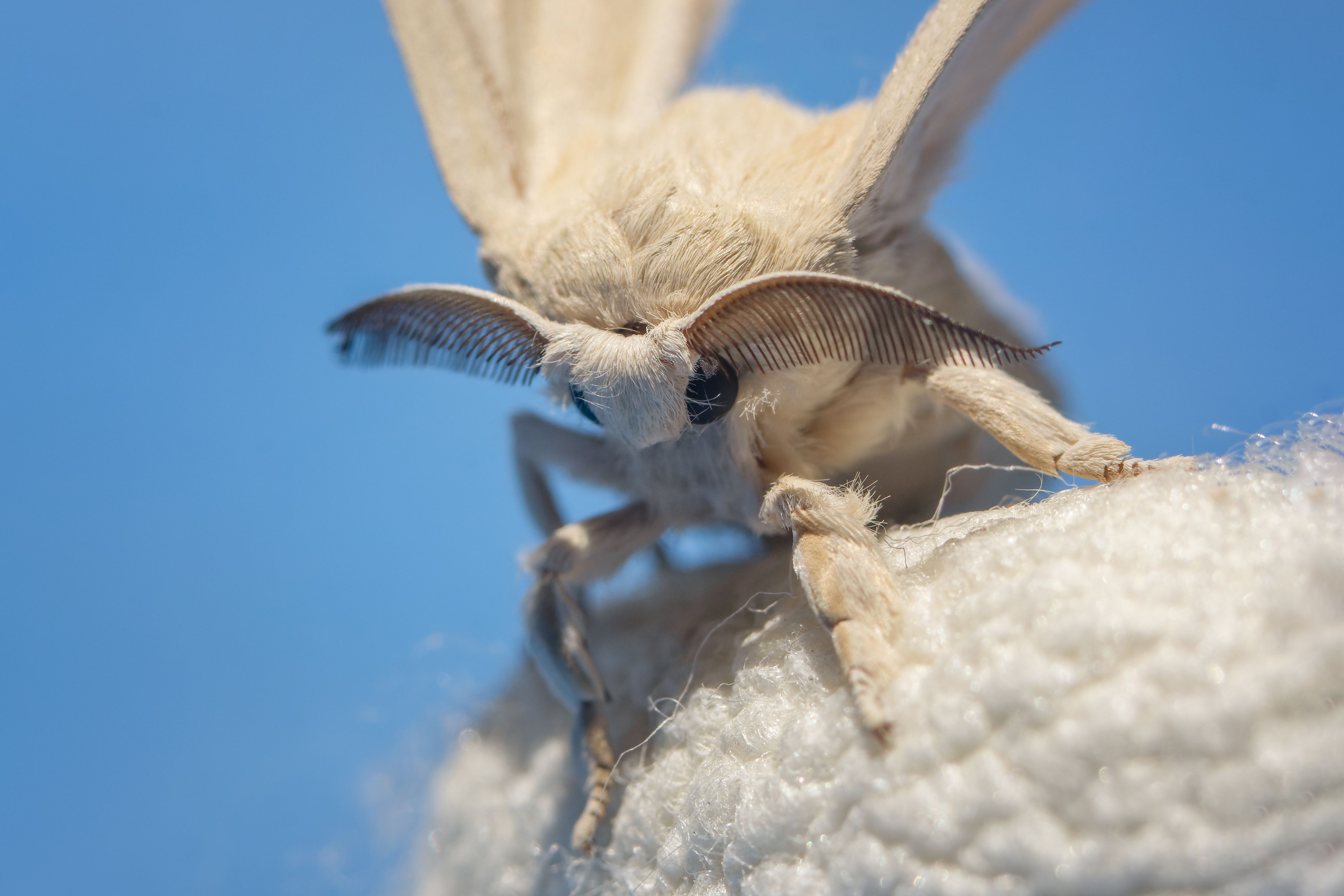
In the intricate world of insects, communication often occurs through chemical signals known as pheromones. These invisible whispers, carried on the wind, convey messages of alarm, attraction, and territory, orchestrating the complex social dynamics of insect societies. Ants, for example, use pheromones to lay trails that guide their colony to food sources, while bees release alarm pheromones to alert the hive to danger. These chemical conversations are a testament to the efficiency and sophistication of insect communication. Pheromones play a crucial role in mating behaviors, with many insects relying on these chemical cues to locate and select mates. The female silk moth, for instance, releases a powerful pheromone that can attract males from miles away, ensuring successful reproduction. This form of communication is not limited to attraction but also encompasses territorial and defensive signals, as seen in the aggressive marking behaviors of certain beetles and wasps.
6. Avian Acoustics: The Songs and Calls of Birds

Birds are the virtuosos of the animal kingdom, their songs and calls resonating across landscapes with messages of territory, attraction, and alarm. Avian communication is a symphony of sound, where each species has developed a unique repertoire of vocalizations that convey complex information. These acoustic signals are not merely beautiful melodies but sophisticated tools for survival and social interaction, reflecting the diversity and adaptability of avian life. Songbirds, for instance, use their vocal prowess to establish territory and attract mates, with each song serving as a declaration of presence and fitness. The complexity and variety of these songs are shaped by evolutionary pressures, with males often engaging in vocal duels to outcompete rivals. In contrast, alarm calls serve as an early warning system, alerting flock members to the presence of predators and coordinating escape responses. These calls are often specific to the type of threat, demonstrating the nuanced nature of avian communication.
7. The Silent Signals of Cephalopods: Color and Texture
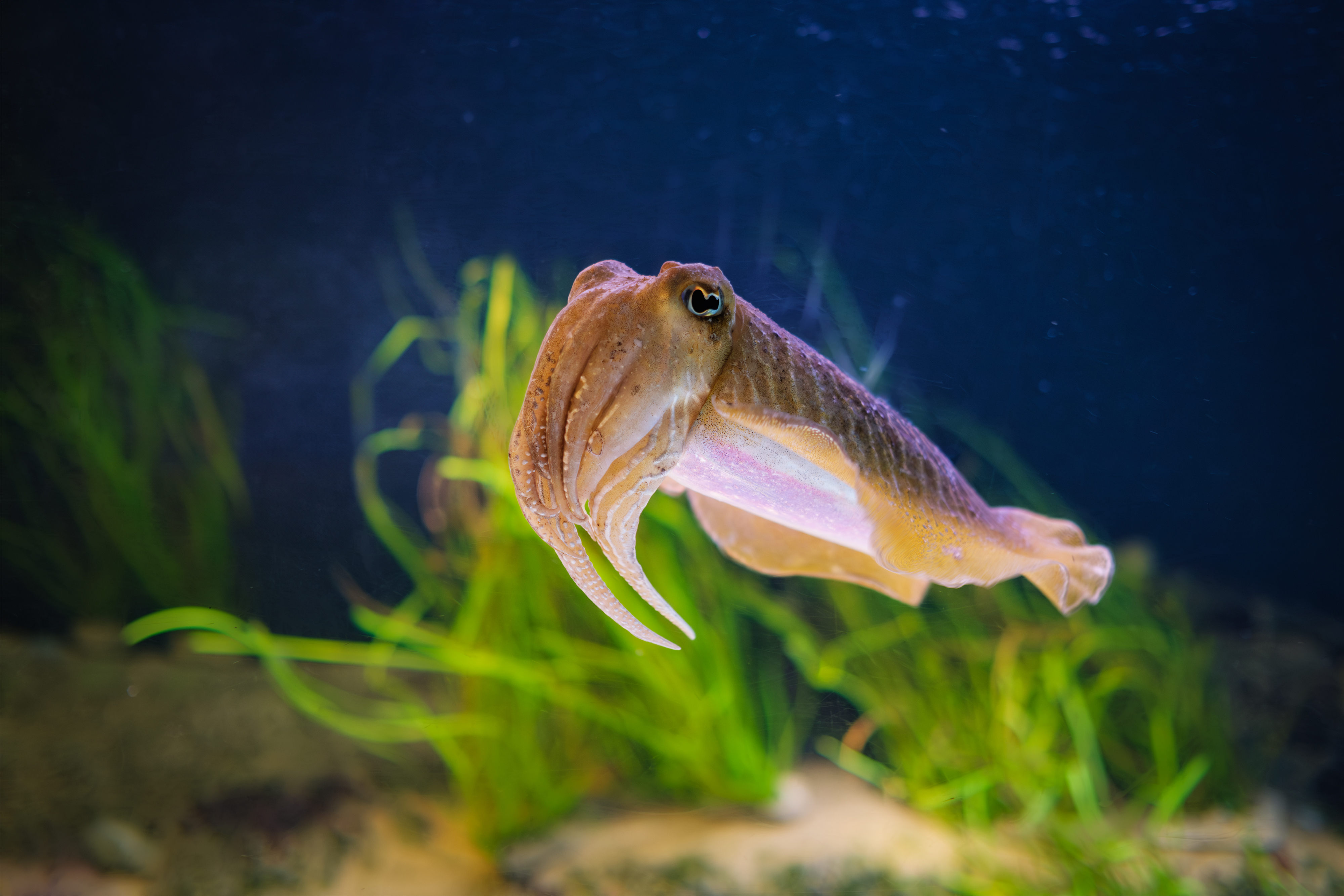
In the enigmatic world of cephalopods—octopuses, squids, and cuttlefish—communication transcends sound, relying instead on a dynamic display of color and texture. These masters of disguise use their skin as a canvas, rapidly changing hues and patterns to convey messages of aggression, camouflage, and courtship. This visual language is a testament to the cephalopods' advanced neural control and adaptability, allowing them to thrive in diverse marine environments. Cephalopods possess specialized cells called chromatophores, which expand and contract to produce a kaleidoscope of colors. This ability is not only used for camouflage but also for communication, with certain patterns and colors signaling specific behaviors or intentions. During courtship, male cuttlefish display vibrant patterns to attract females, while aggressive displays can deter rivals or predators. The rapidity and precision of these changes reflect the cephalopods' sophisticated nervous system and their ability to process and respond to environmental cues.
8. Primates and Gestures: The Language of Movement

In the dense forests and savannas where primates dwell, communication is a dance of gestures, facial expressions, and vocalizations. These close relatives of humans have developed a rich repertoire of non-verbal signals that convey complex social information. From the reassuring touch of a chimpanzee to the alarm calls of a vervet monkey, primate communication is a testament to the cognitive and social complexity of these animals. Gestures play a crucial role in primate interactions, serving as a bridge between vocalizations and actions. Gorillas, for example, use a variety of hand signals and postures to convey intentions and emotions, while bonobos engage in elaborate social grooming rituals that reinforce bonds and resolve conflicts. These gestures are often context-dependent, reflecting the flexibility and adaptability of primate communication.
9. Echolocation in Bats: Navigating the Night
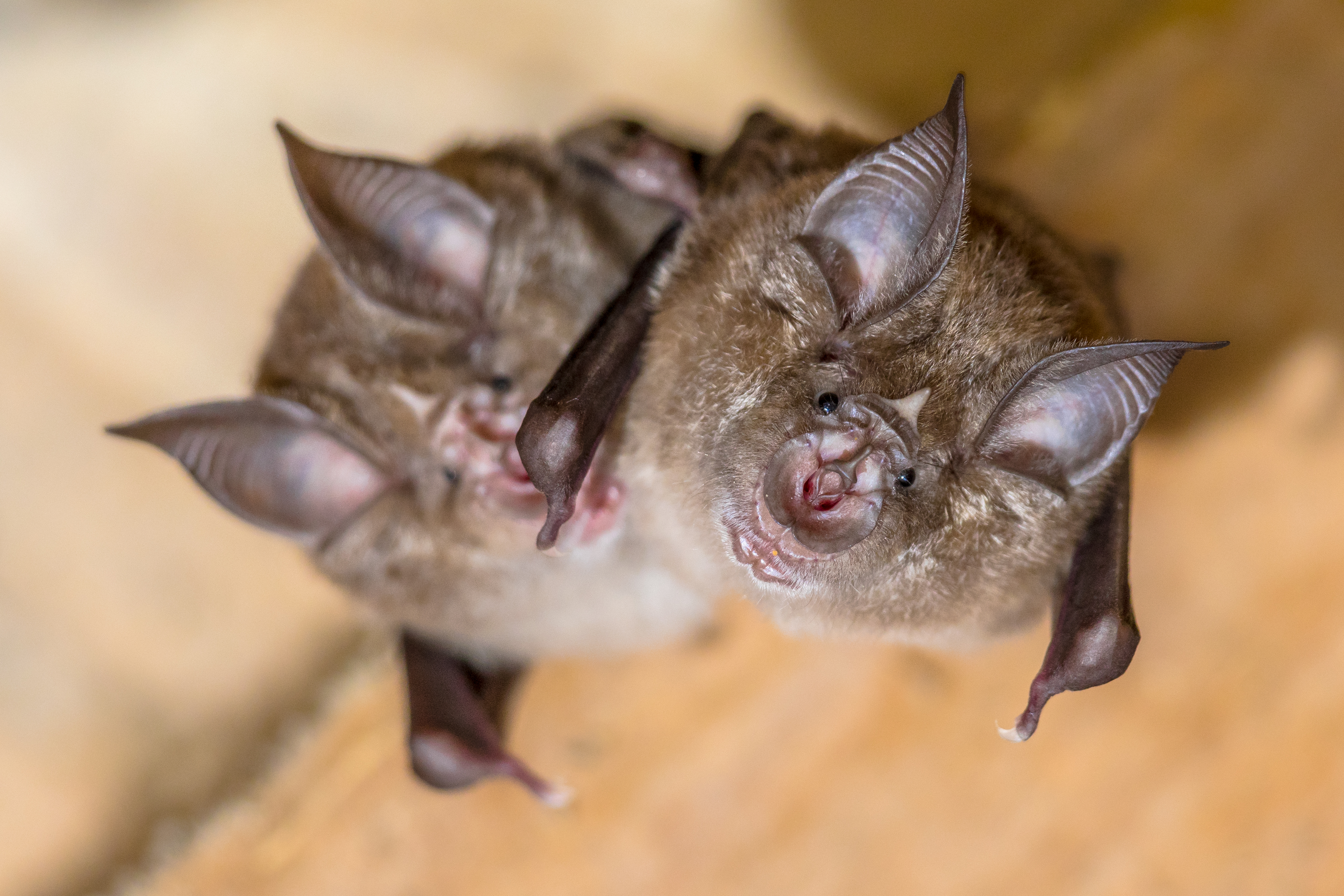
In the inky darkness of night, bats navigate their world through a sophisticated system of echolocation, a form of communication that relies on sound waves to perceive the environment. By emitting high-frequency calls and interpreting the returning echoes, bats can detect obstacles, locate prey, and communicate with one another. This ability is a marvel of evolution, allowing bats to thrive in nocturnal niches where vision is limited. Echolocation is not merely a navigational tool but also a means of social interaction. Bats use a variety of calls to convey information about food sources, roosting sites, and social status. These calls are often species-specific, with each bat possessing a unique "voice" that allows for individual recognition and coordination within colonies. The precision and adaptability of echolocation reflect the bats' advanced auditory processing abilities and their reliance on sound for survival.
10. The Vibrational Language of Spiders: Web-Bound Whispers
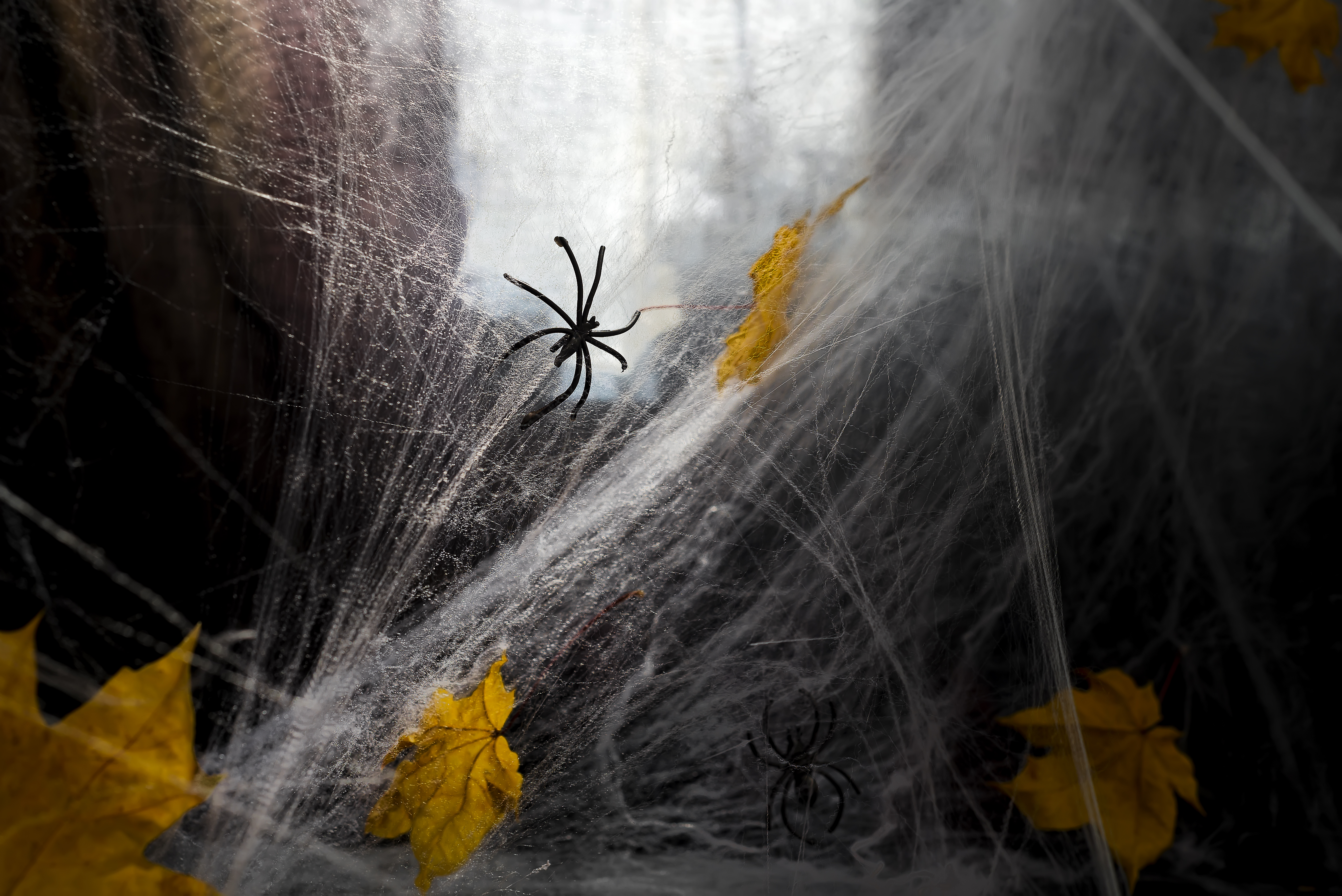
In the delicate architecture of a spider's web, communication is a dance of vibrations, where each tremor carries a wealth of information about prey, mates, and threats. Spiders have evolved to perceive and interpret these vibrations with remarkable precision, using their webs as both a hunting tool and a communicative medium. This vibrational language is a testament to the spiders' sensory acuity and the adaptability of life in the invertebrate world. When an insect becomes ensnared in a web, the vibrations it generates alert the spider to its presence, allowing for a swift and efficient capture. However, these vibrations also serve a social purpose, with male spiders using specific patterns to signal their intentions during courtship. By plucking the web in a rhythmic sequence, males can convey their presence and avoid being mistaken for prey by the female. This form of communication is a delicate balance of attraction and caution, reflecting the complexities of spider interactions.
The Unseen Conversations of Nature

As we conclude our exploration of the invisible whispers from the animal kingdom, we are reminded of the rich tapestry of life that thrives beyond the limits of human perception. From the silent songs of cetaceans to the vibrational language of spiders, animals have evolved a myriad of communication strategies that reflect the diversity and adaptability of life on Earth. These mysterious forms of communication are not merely curiosities but vital components of the ecosystems that sustain us. Understanding the communicative practices of animals offers profound insights into the evolution of language, social behavior, and sensory systems. By examining the ways in which animals convey information, we can gain a deeper appreciation for the interconnectedness of life and the delicate balance that underpins ecosystems. These invisible whispers challenge us to broaden our perspective and consider the non-human voices that share our world.







